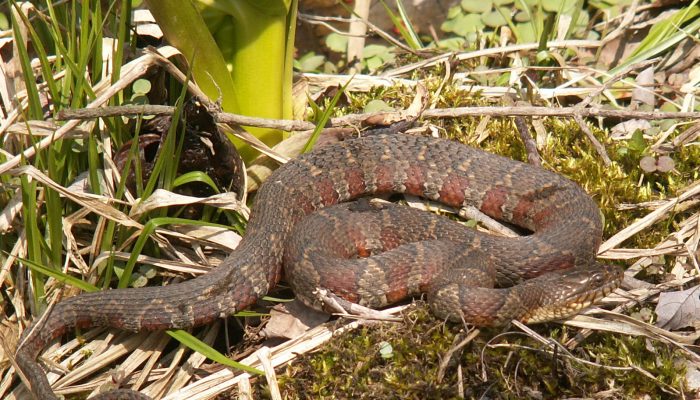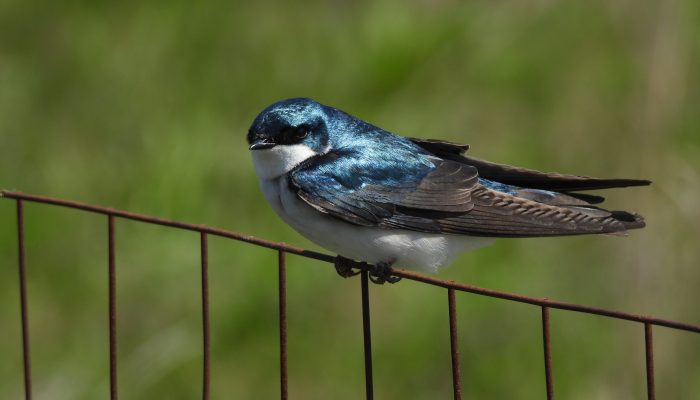Guest post by Bernard S. Brown, Philadelphia County Coordinator, PA Amphibian And Reptile Survey. Edited by Amy Hopf.
If you’re looking at a big snake in a body of water that is hissing and flattening its head into a triangle, take a breath! There are no venomous snakes in Philadelphia. That snake is almost certainly a northern water snake.
Water snakes might be harmless, but they will try to fool you into thinking they’re tough. Many lose their lives while trying to scare off predators due to mistaken identity. (As a warning, trying to kill a venomous one is a bad idea. Plenty of people get themselves bitten in the process.)
It’s best to avoid water snakes: while harmless, they bite with passion. You will bleed a bit, but some soap, water, and a Band-Aid are all you’ll need. Water snakes also defecate profusely, mixing their poop with pungent musk. It’s better to admire them from a respectful distance.
Where to find water snakes
Most bodies of water can be a fine place to admire water snakes. Their skin has alternating gray and brick-red bands, which fade to a uniform reddish brown as they age. You may find them more easily in the morning, basking on rocks or in bushes near rivers and creeks – easy spots to jump in when they’re spooked.
You can also see them swimming on the surface of the water, or hunting through the shallows for fish and frogs. Other times you might find them under rocks or logs at the water’s edge.
How water snakes mate
Mark your calendar for next spring to find water snakes pursuing romance. Females can measure up to about four feet and are much larger than males. Males compete for their proximity, not affection, which causes a “mating ball” of jostling males with a big female in the middle. As fascinating as this is to watch, a pile of writhing snakes can be a bit nerve wracking to people with ophidiophobia: a fear of snakes!
What to do if you spot a water snake
If you spot a water snake this summer, take a quick photo and report it to the Pennsylvania Amphibian and Reptile Survey (PARS). Your observation will help future researchers and conservationists interested in our local critters!




